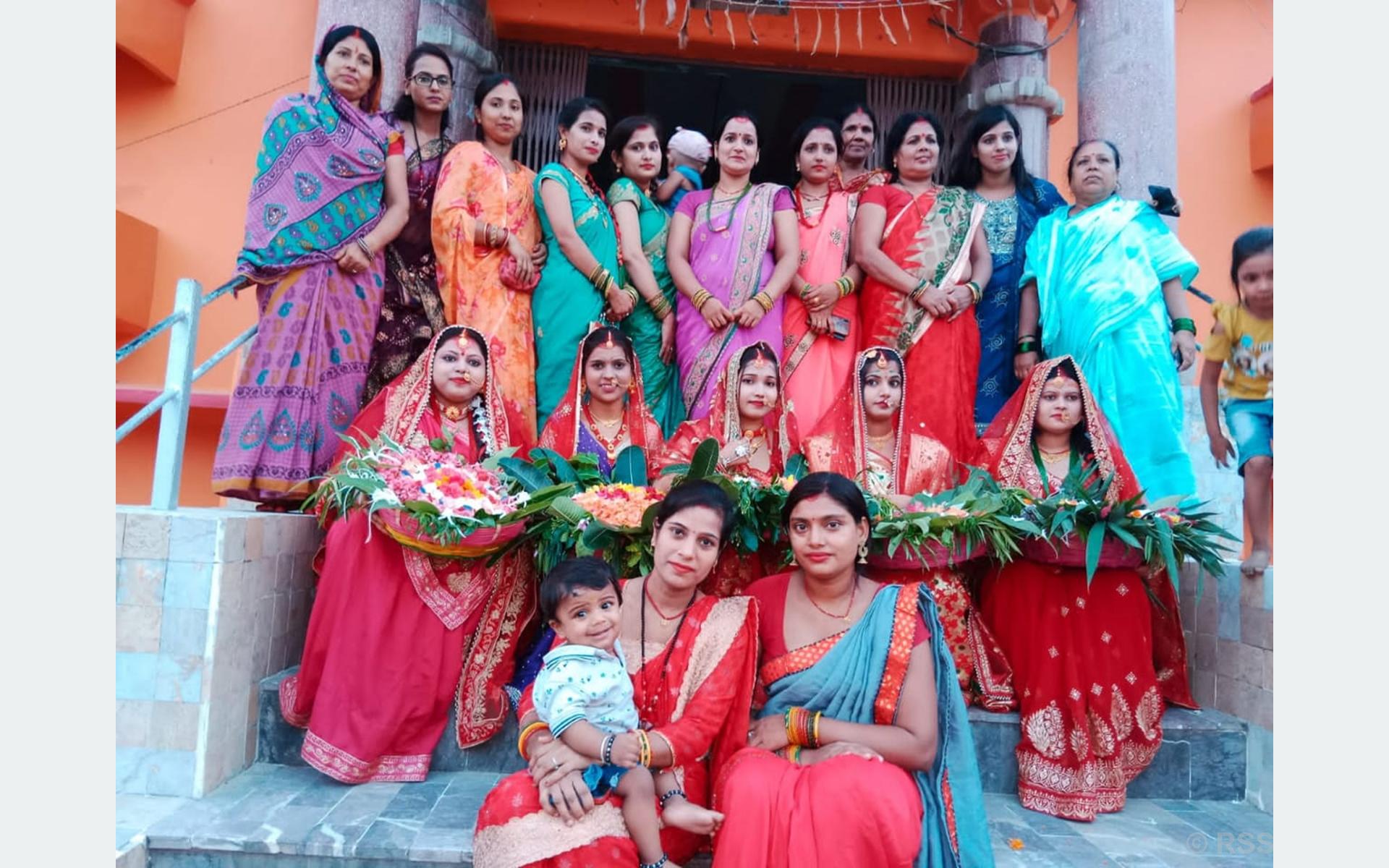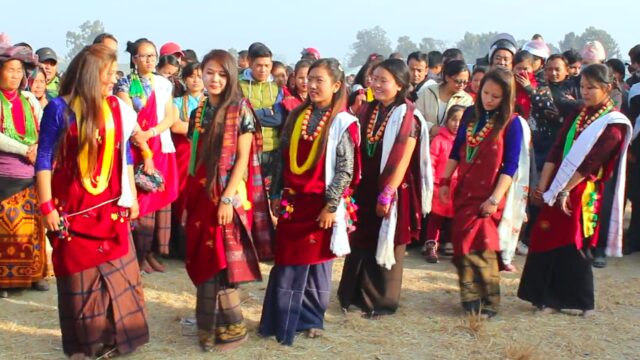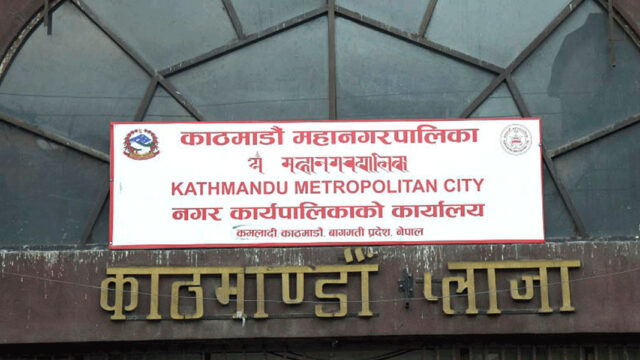The Mithila region, including Janakpur, is currently abuzz with the vibrant celebrations of the Madhushrawani festival. This festival, observed by newly married women, offers insights into living a fulfilling marital life. The observance of Madhushrawani began last Thursday and will continue for 15 days, starting from the Shrawan month’s Mouna Panchami. During this period, women from various communities in Mithilanchal, including those from the Dev, Brahmin, Karn, and Sonar communities, participated in rituals wishing for a long life for their husbands, the well-being of their families, and their eternal happiness.
Madhushrawani is one of the most significant festivals for newly married Mithila women. It is celebrated until Shrawan Shukla Tritiya. Traditionally, this festival is observed while staying at the maternal home. On the eve of the festival, new clothes, offerings for Nag-Nagin (serpent deities), and fruits, pulses, and rice for the fasting women are sent from the bride’s home.
The day before the fast, women take a bath and abstain from garlic, onions, fish, meat, and salt, adhering to the tradition known as “Nahai Khai.” During the festival, every evening, newly married women gather flowers, leaves, and other offerings from their homes and villages. These flowers are then used the following day in the worship of Goddess Gauri and Vishahara.
The festival involves narrating the stories of King Daksha’s daughters, Lord Shiva, and the serpent deities. On the first day of Madhushrawani and Mouna Panchami, worship of Mata Manasa Devi and clay idols of Nag-Nagin and elephants is performed. Newly married women celebrate the festival in their first year of marriage with great pomp, reflecting the respect for serpents who are believed to emerge during the rainy season, and thus their reverence through rituals involving Nag-Nagin and Shiva-Parvati.
According to cultural beliefs, this festival deepens the affection and harmony between wives and their husbands. The festival’s observances include offering Bel Patra (leaves of the Bel tree), rice, cow’s milk, fruits, and kheer (a type of rice pudding), linking nature’s protection with the teachings of the festival.
Madhushrawani is distinct in that it is exclusively performed by women, contrasting with other Hindu rituals typically led by male priests. This underscores the unique role of women in this festival and highlights their importance in the cultural and religious practices of Mithila.
During the festival, women not only perform rituals and sing traditional songs but also gather and decorate flowers and leaves, which are later used in the worship of deities like Shiva and Vishahara. The festival also involves specific traditional dishes like soaked rice, puffed rice, sugar, mangoes, jackfruit, bananas, and sprouted pulses.
On the final day of the festival, known as Tritiya Tithi, offerings including food and new clothes are sent from the bride’s home, and the festival concludes with special rituals. This day is also marked by a unique custom where a ceremonial lamp is burned on the bride’s knees, symbolizing the longevity of her husband’s life according to traditional beliefs.
Madhushrawani is more than just a festival; it’s a celebration of tradition, culture, and the bond of marriage in Mithila. It emphasizes the role of women in nurturing marital harmony and the protection of nature. Through its rituals and stories, the festival brings to life the cultural heritage of the Mithila region and reinforces the values of devotion and respect within the community.
Source: RSS






